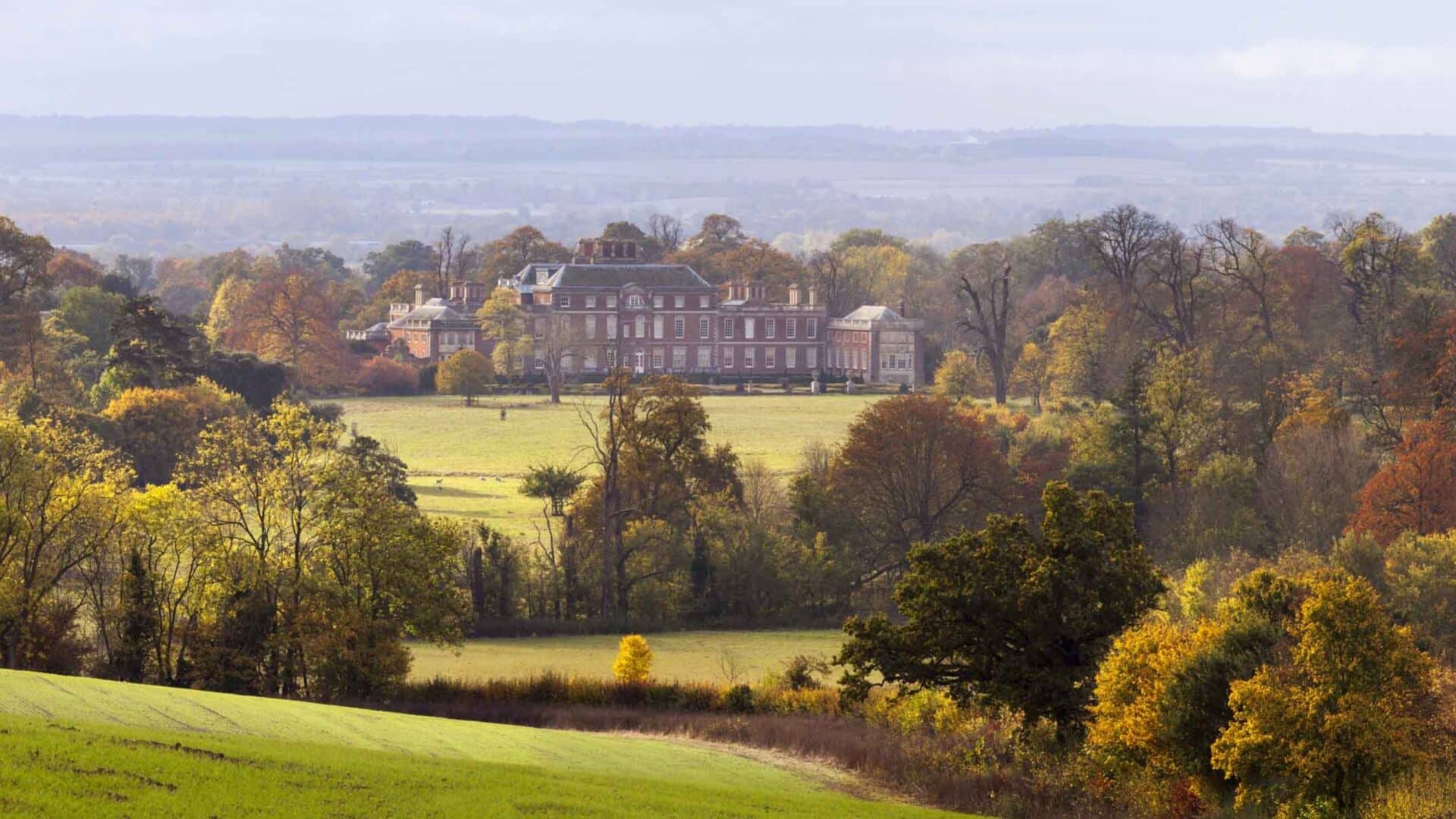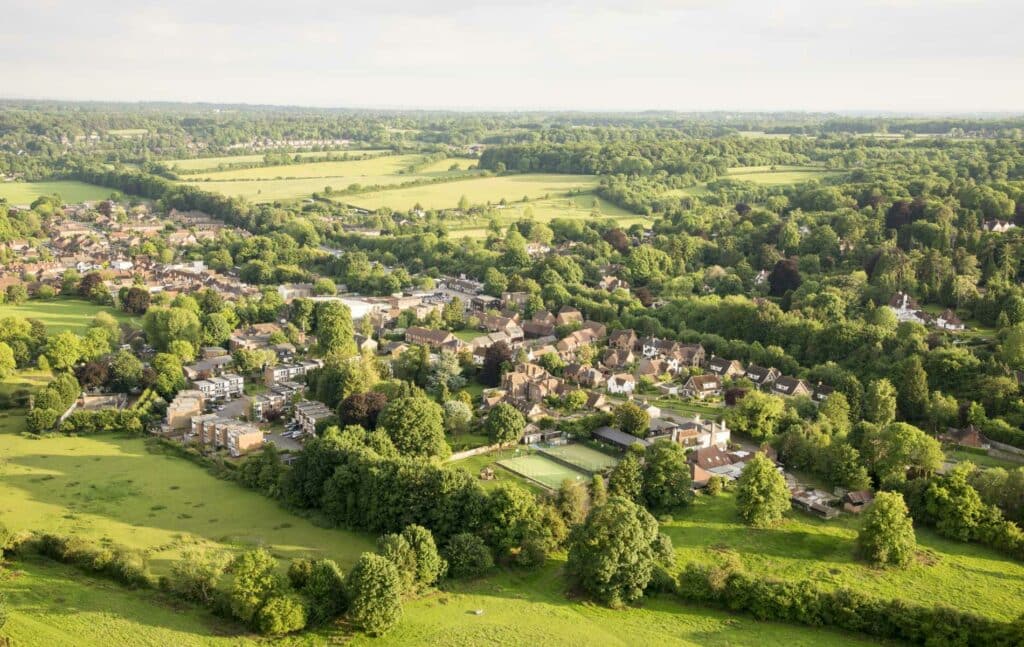Greener homes are not only good for the environment, they’re healthier too. Here are the Irish Green Building Council’s top design tips to consider at the early design stage.
House pictured here designed by Wain Morehead Architects
To build a sustainable home, one that will survive the test of time, you need to think beyond energy and look at other aspects of the building process, which is where environmental performance certificates come into play. Here’s an overview of some of the key elements to consider.
Location
Where is the house located? Can you walk or cycle to shops, work or school? The cost of needing two cars is the equivalent of a second mortgage. Transportation is in fact our fastest growing source of carbon emissions! In Ireland, the loss of green fields has resulted in a loss of habitat for many species, threatening bees and endangered species such as the corncrake. Living in a walkable area also makes it easier to integrate exercise into your day.
Energy rating
How energy efficient, do I want my home to be? Remember that in ROI an A3 BER rated house is no better than required under current building regulations. The new building regulations will go up to an A2. Can you do better?
Water
Remember the water restrictions we had this summer? It’s actually easy and cheap to save water if you install European Water label A rated water efficient taps and showers.
Fresh air
Poor ventilation can have serious health consequences inside the home. In an airtight building, you need a properly designed and tested ventilation system.
Natural light
Natural light can help make us healthier and happier. Make sure all the rooms have adequate light and do a daylight calculation.
Responsible sourcing
If you don’t check provenance, no one else will. Where is the timber you’re using coming from? Is it FSC or PEFC certified? Illegally sourced timber is a leading cause of deforestation and can lead to the destruction of habitats, and endanger species around the world, e.g. orangutans.
What’s the carbon footprint of the materials used? For homes the carbon emissions in manufacturing the materials, transporting material and building can be as much as the emissions from the heating and electricity to run the home for 50 years. Many manufacturers now provide carbon footprint of their products through Environmental Product Declarations.
Flood resilience
Will it flood? Or cause flooding to your neighbours? Large areas of impermeable surfaces such as paving and roofs plus poorly designed drainage systems can lead to flooding nearby. Materials that allow infiltration of water into the soil and good drainage systems prevent this happening (referred to as permeable paving).
World Green Building Week 2018 which takes place from the 24th to 30th Sept is organised by Green Building Councils across the globe. The focus this year is on sustainable homes #HomeGreenHome

















